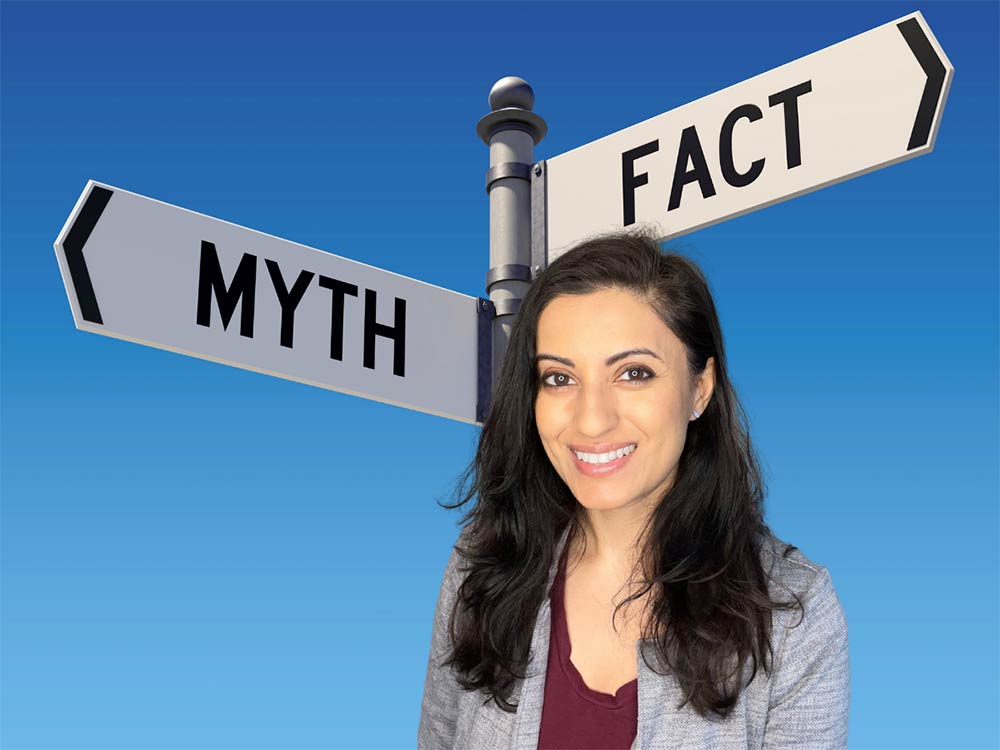Posted on February 1, 2022 by IntraBalance - Sleep Health
Posted on January 18, 2022 by IntraBalance - Sleep Health
Posted on January 11, 2022 by IntraBalance - Sleep Health
Posted on January 4, 2022 by IntraBalance - Sleep Health
Posted on November 23, 2021 by IntraBalance - Sleep Health
Posted on November 16, 2021 by IntraBalance - Sleep Health
Posted on November 2, 2021 by IntraBalance - Sleep Health
Posted on October 26, 2021 by IntraBalance - Diet & Digestion
Posted on October 19, 2021 by IntraBalance - Sleep Health
Posted on October 12, 2021 by IntraBalance - Psychiatry












Recent Comments